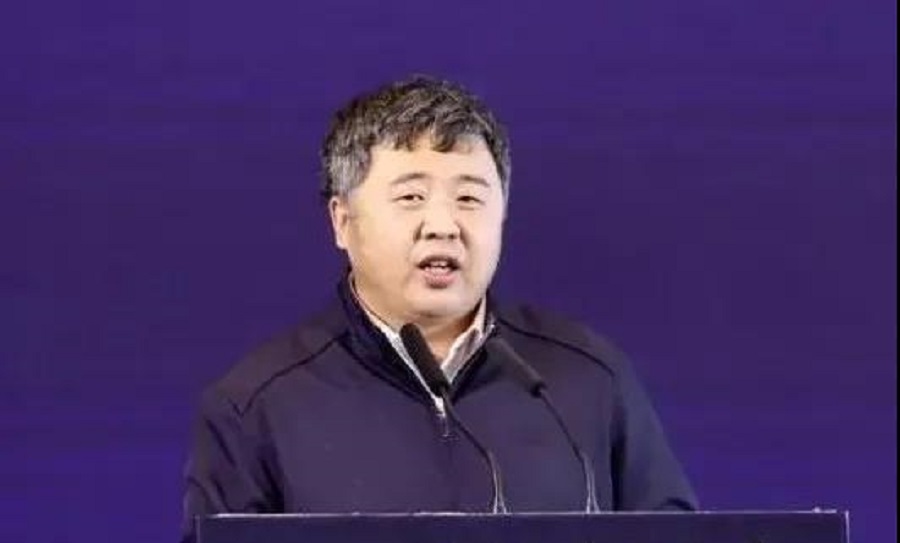Jointly build the "Belt and Road" to promote common development

Li Dawei
Director and researcher, Emerging Economies Research Office, Institute of Foreign Economic Research, China Academy of Macroeconomics
In the eight years since the “Belt and Road” initiative was put forward, under the principle of extensive consultation, joint construction and sharing, relying on infrastructure “hard connectivity”, rules and standards “soft connectivity”, and co-construction of the country’s people’s “heart connectivity”, the partners have achieved mutual benefit and mutual benefit. win. This innovative cooperation model has effectively promoted the high-quality development of the partner's economy and has made great contributions to the in-depth development of economic globalization.
By advancing the "hard connectivity" of infrastructure, it has promoted trade exchanges between member states. The vast number of developing countries and China are highly complementary in terms of their factor endowments, and the domestic market is vast, and there is plenty of room for economic and trade cooperation with China. However, for a long time, due to the bottleneck of infrastructure such as ports, wharves, and energy, it is difficult for the high-quality and characteristic products of developing countries to enter the global market, and it is also difficult for advanced production factors such as high-quality capital and technology to interact with these countries through direct investment and other forms. The combination of resources, labor and other elements to form high-quality products. Over the past 8 years since the implementation of the “Belt and Road” initiative, through the implementation of a series of major infrastructure interconnection projects, the cost of the free flow of factors and commodities across borders has been effectively reduced, and the exchange of needs between China and the majority of partners has been realized for mutual benefit and win-win results. The port of Piraeus in Greece is one of the typical cases. Driven by the “Belt and Road” initiative, the Port of Piraeus has become one of the fastest growing container ports in the world. The container throughput has increased from 880,000 TEUs in 2010 to 5.44 million TEUs in 2020. Among the top five ports in Europe, it has effectively promoted the economic and trade cooperation between China and Greece, the Balkan countries and even the entire Europe.
By advancing the “soft connectivity” of rules and standards, the level of cooperation between China and the co-constructing countries has been improved. The development level of the developing countries is quite different, the domestic rule system is different, and there are also obvious differences in the "border" rules such as inspection and quarantine standards and tariff levels. Building a mutually beneficial and win-win economic cooperation network requires not only the cross-border flow of a large number of goods, services, and elements, but also a close-cooperative industrial division of labor system. Therefore, it is necessary to reduce barriers in the “border” regulatory field and also require Strengthen mutual recognition in terms of “inside the border” rules such as technical standards and intellectual property protection. In the eight years since the implementation of the “Belt and Road” initiative, China and its partners have achieved remarkable results in cooperation in both areas. For example, under the active promotion of China and ASEAN and other economies, the world's largest free trade agreement covering about 30% of the world's population and 1/3 of GDP-RCEP will come into effect on January 1 next year. By then, not only will the tariff and other trade barriers between China and ASEAN and other economies be further reduced, but all members will implement the same rules of origin, and they will also abide by consistent concepts in e-commerce and intellectual property protection. The positive effects of cross-border production networks and digital economic cooperation are very obvious.
Through the "heart-to-heart connection" with the people of the country, it is ensured that the benefits of cooperation are shared by the broad masses of the people of the country. The “Belt and Road” initiative attaches great importance to the effective improvement of the livelihood of the partners and the promotion of local employment through development assistance and other means. On the one hand, China has actively implemented a number of projects that directly serve the people's livelihood, such as drinking water, education, medical care, and telecommunications, which have been highly praised by the people of the partners. For example, since August 2017, China has implemented the "Ten Thousand Villages" project to aid Africa. So far, it has connected digital TV signals to nearly 10,000 villages in more than 20 African countries including Ghana, Rwanda, and Zambia, making it farewell to the lack of satellites. The history of television. On the other hand, China has actively implemented a number of infrastructure construction projects that are of great significance to the improvement of people's livelihood in the host country, such as the Cambodian Golden Port Expressway project and the Karakoram Expressway upgrading project. These projects have a low commercial rate of return, but they can effectively improve the local external infrastructure connectivity, which is of great significance to the improvement of local people's livelihood.
